by Nora Mar 27,2025
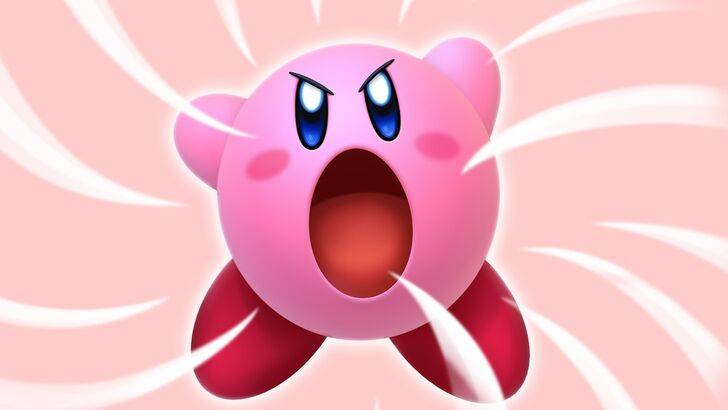
Former Nintendo employees have shed light on why Kirby's appearance differs between the U.S. and Japan, offering insights into Nintendo's localization strategies and marketing approaches for different audiences.
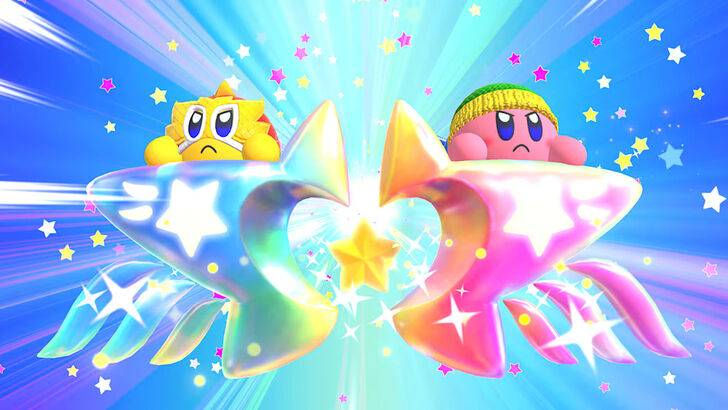
Kirby's fiercer and tougher appearance on game covers and artworks in the U.S. earned him the nickname "Angry Kirby" among fans. In an interview with Polygon on January 16, 2025, former Nintendo Localization Director Leslie Swan explained that the company aimed to portray Kirby with determination rather than anger. She noted, "Cute, sweet characters are popular among people of all ages in Japan," but added, "In the U.S., tween and teen boys tend to be drawn to tougher characters."
Kirby: Triple Deluxe Director Shinya Kumazaki told GameSpot in 2014 that while cute Kirby attracts players in Japan, a "strong, tough Kirby that’s really battling hard" resonates more with U.S. audiences. However, he acknowledged that the approach varies by title, citing Kirby Super Star Ultra, which featured a tough Kirby on both U.S. and Japanese box art. Kumazaki emphasized that while they wanted to showcase Kirby’s serious side through gameplay, his cuteness remains a significant draw in Japan.
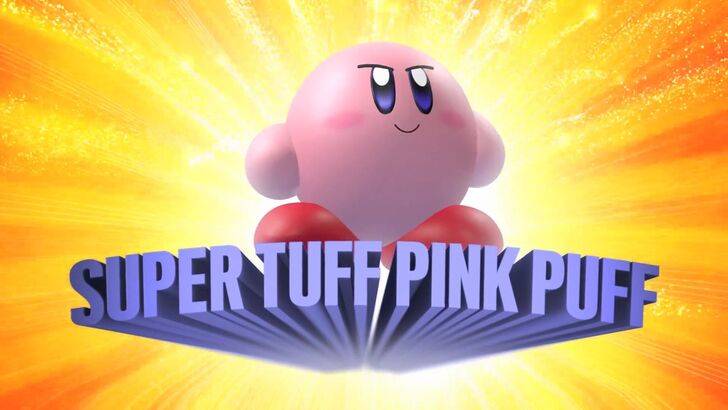
Nintendo's marketing strategy aimed to broaden Kirby's appeal, particularly to boys, by branding him as "Super Tuff Pink Puff" for the 2008 Nintendo DS game Kirby Super Star Ultra. Former Nintendo of America Public Relations Manager Krysta Yang revealed that Nintendo sought to shed its "kiddie" image during her early tenure. She stated, "There was certainly a period of time for Nintendo, and even gaming in general, to have a more adult/cool factor." Yang added that being labeled 'kiddie' was detrimental to a game's success.
Nintendo consciously worked to portray Kirby as tougher and focused more on the combat aspects of its games to avoid being pigeonholed as "just for young kids." In recent years, the emphasis has shifted from Kirby's personality to gameplay and abilities, as seen in the promotional materials for Kirby and the Forgotten Land in 2022. Yang noted, "There’s been a continued push to make Kirby into a more well-rounded character, but it’s true that most people still regard Kirby as cute versus tough."
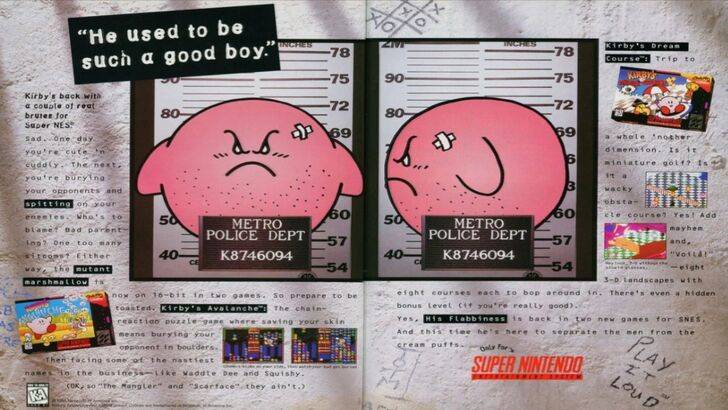
The localization differences for Kirby between Japan and the U.S. began with a notable 1995 print ad featuring Kirby in a mugshot as part of Nintendo’s "Play It Loud" campaign. Over the years, U.S. box art for games like Kirby: Nightmare in Dream Land (2002), Kirby Air Ride (2003), and Kirby: Squeak Squad (2006) depicted Kirby with sharp eyebrows and a meaner expression.
Beyond facial expressions, Nintendo made other adjustments to appeal to Western audiences. For instance, the U.S. box art for Kirby’s Dreamland (1992) on GameBoy showed Kirby with a ghostly-white tone instead of his original pink hue, which was only visible in the U.S. with the release of Kirby’s Adventure on NES in 1993. Swan explained that "A puffy pink character for boys who are trying to be cool just wasn’t going to get the sales that everybody wanted," leading to changes in Kirby’s U.S. box artwork. In recent years, Kirby's global advertising has become more consistent, alternating between serious and gleeful expressions.
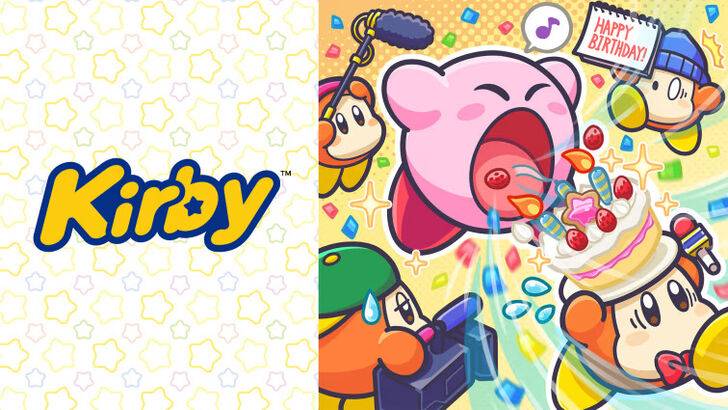
Both Swan and Yang agree that Nintendo has adopted a more global perspective in recent years. Nintendo of America now collaborates closely with its Japan office to ensure more consistent marketing and localization strategies, moving away from regional variations like the 1995 Kirby "Play It Loud" advertisement.
Yang highlighted that the shift to global marketing was a strategic business decision, stating, "It was a business strategy change to have more global marketing. It’s good and bad. Being global means consistency for the brand across all regions, but sometimes there is a disregard for regional differences." She expressed concern that this could result in "really bland, safe marketing for some of Nintendo’s products."
Game localizers attribute the current trend of less localization to the globalization of the industry and the growing familiarity of Western audiences with Japanese culture, including games, movies, manga, anime, and other media.
Zenless Zone Zero Update Cycle Leak Hints at Future Content cadence
All Mavuika Materials, Kit, and Constellations in Genshin Impact
Best Xbox Game Pass Games For Kids (January 2025)
Marvel Rivals: Season 1 Dracula Explained
Solo Leveling: Global Tournament Draws Near
Power Rangers: Uncover Hidden Secrets in Rita's Carnival and Cemetery
Counterfeit Bank Simulator: Minting Solution for Economic Crises
Roblox: Anime Auras RNG Codes (January 2025)

inZOI Life Simulator: Demo March 19, Full Release March 28
Sep 29,2025
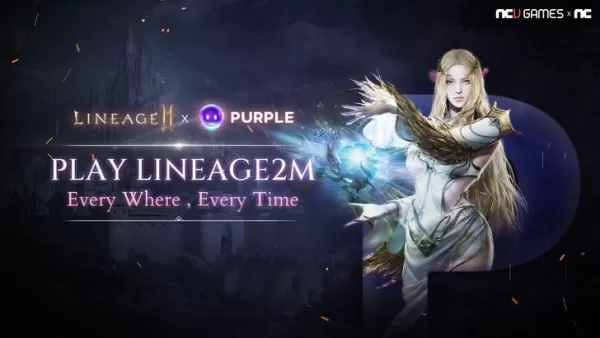
Lineage2M Launches in Southeast Asia
Sep 29,2025
James Cameron's 'The Abyss' Removed From UK Disney+ Over Banned Scene
Sep 29,2025
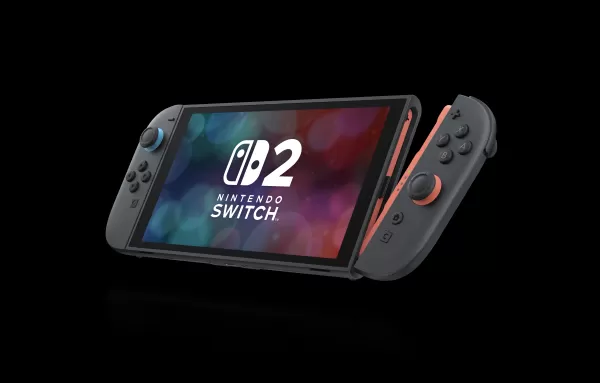
Switch 2 Pre-Order Scams Target Japan Fans
Sep 28,2025
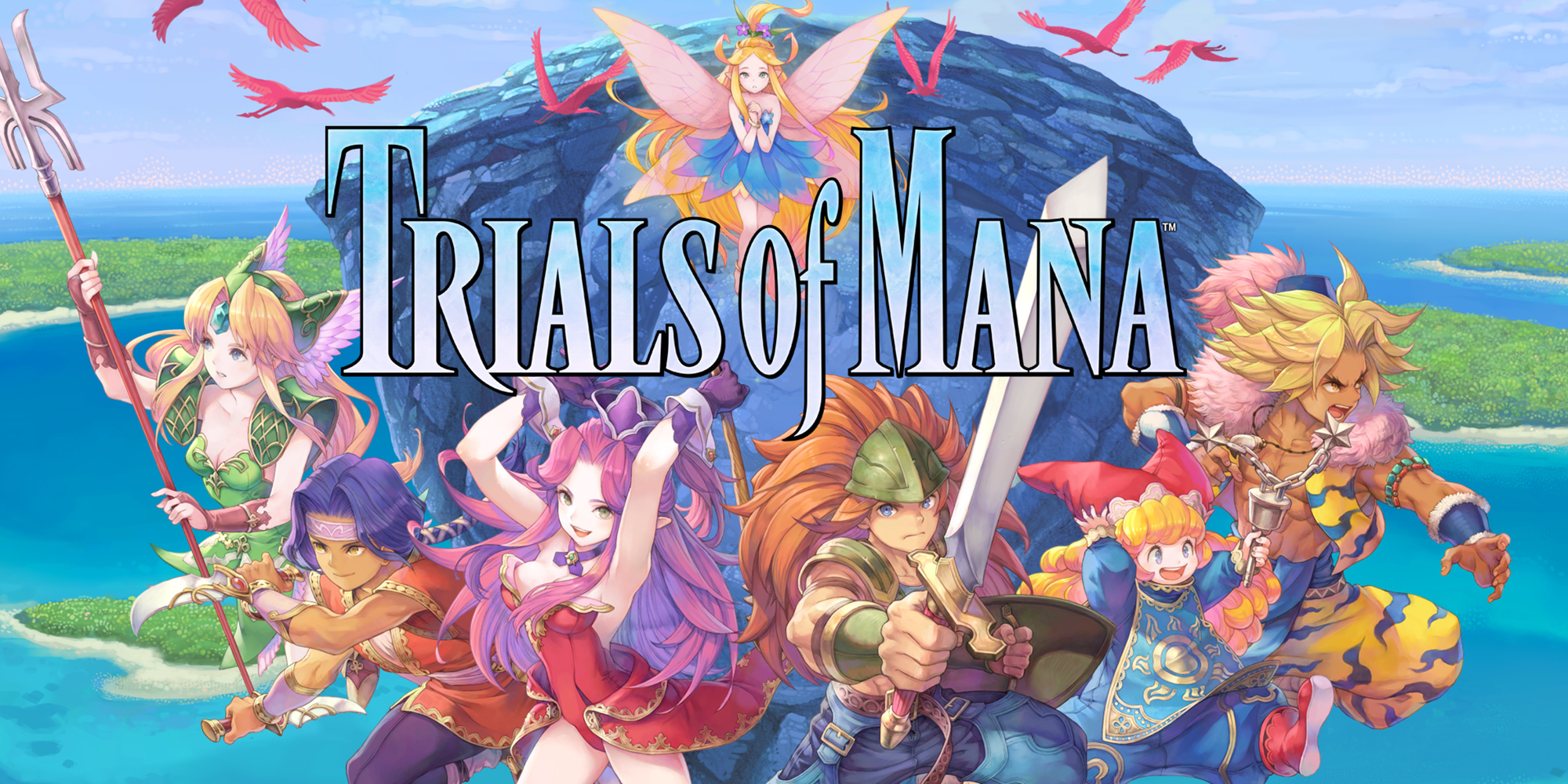
Secret of Mana Gets Controller, Achievement Boost
Sep 28,2025